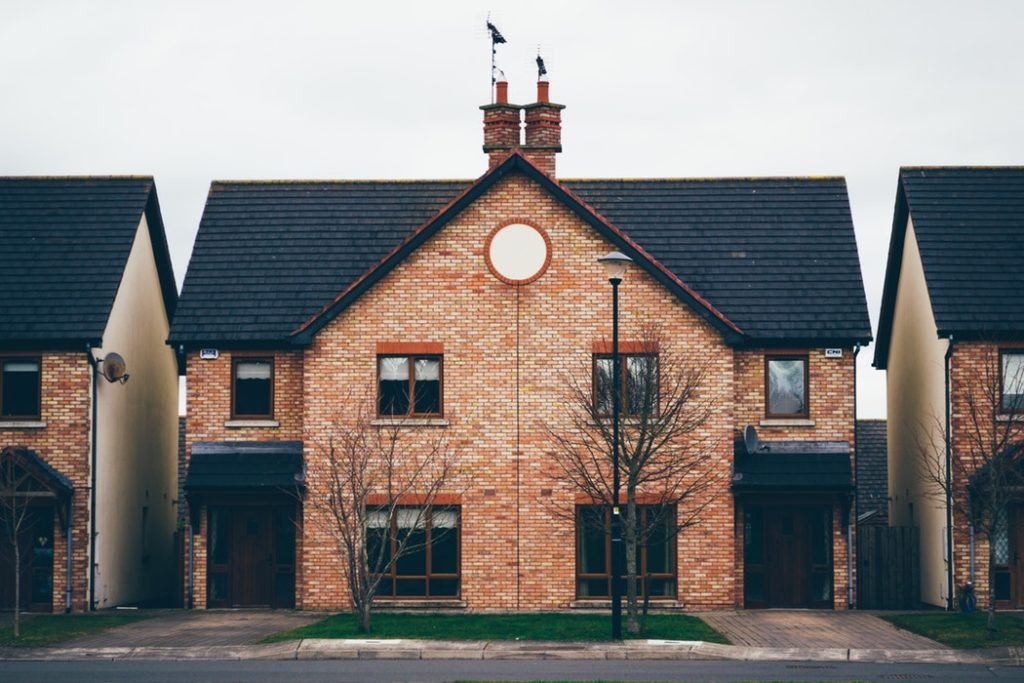With the US in the throes of a coast-to-coast affordable housing crisis, it’s going to take the implementation of several different solutions to begin making this problem more manageable. Many Florida residents and potential retirees dreaming of moving south lament the limited affordable choices for housing in the Sunshine State.
One option is for investors to begin researching and identifying single family units that can feasibly be turned into duplexes or multi-family properties. This can be a viable option for those who plan to retire in Florida on a low or fixed income, but it can also appeal to investors looking to create niche opportunities.
Since this can be a confusing process, read on to learn about the basics of turning homes into multi-units.
Zoning and code enforcement
The first hurdle will be zoning, although there are sometimes options to obtain variances and zoning changes if the right home happens to be in the wrong zone. In other cases, a single lot may be subdivided into two lots, so that each dwelling structure can be considered a single-unit dwelling. This way, there are multiple potential ways to divide the space.
The best course of action is to speak directly with the municipal planner and code enforcement officer once you’ve identified a property of interest to discuss options and procedures.
Lot requirements
Compare the present size of the lot and square footage of the home against the maximum coverage requirements presently in place. This will help you determine if building an addition or separate secondary building is feasible.
Study the setbacks and potential layout of the additional space. Especially in the front of the existing building, in case the road is ever widened in the future.
Neighborhood considerations
Study the neighborhood to ensure it makes sense to create a two- or multi-unit in the area. If you wind up needing some sort of variance, approval could be more likely if the modifications are sensible and don’t create a nuisance or uncharacteristically out-of-place property that might affect the values of the surrounding homes.
Also consider the job market in the area, and if the average or median local wage will be sufficient for someone to afford your proposed rental. If your property is near a courthouse, for example, do a quick salary search for court reporters in Florida, or check out job postings for employers in the area to see what wages are most commonly being offered.
Access and amenities
Parking is always an important consideration, especially when the lot size is already relatively small. Tenants and emergency services alike will need easy access to the rental property, which could mean granting easements if the lot will be subdivided instead.
Consider the adage, “great fences make great neighbors”, as you contemplate privacy options and both indoor and outdoor living space. Focus on making a space that is enjoyable for both the landlord and tenant as well as their guests, especially considering that tourism is such an important draw in Florida.
Mortgage, insurance, and taxes
If you will be a first-time landlord, note that the market value of rental properties is calculated differently than single family homes. Rental property valuation is focused on potential annual income, so it is possible that the value of the home could decrease after the second unit is complete.
First-time landlords may also need to complete landlord and tenant certification courses depending on the type of loan program, so be prepared to outline your whole process from the rental application to returning the security deposit after move-out.
Also check with an insurance agent about changes in insurance rates, as well as any additional riders that may need to be added to the policy. Ask about available discounts for various safety features so that you can include these in the initial design process to save money down the road.
Keep in mind that additions to the property could make the tax assessment increase, so this might be another adjustment to consider when speaking with a tax professional.
